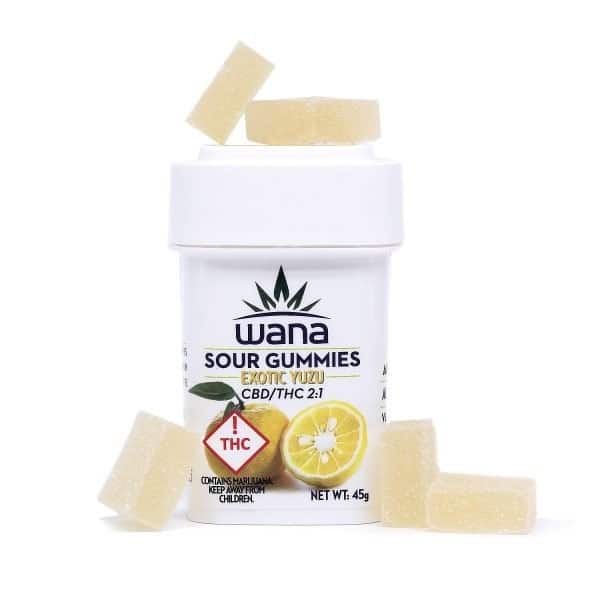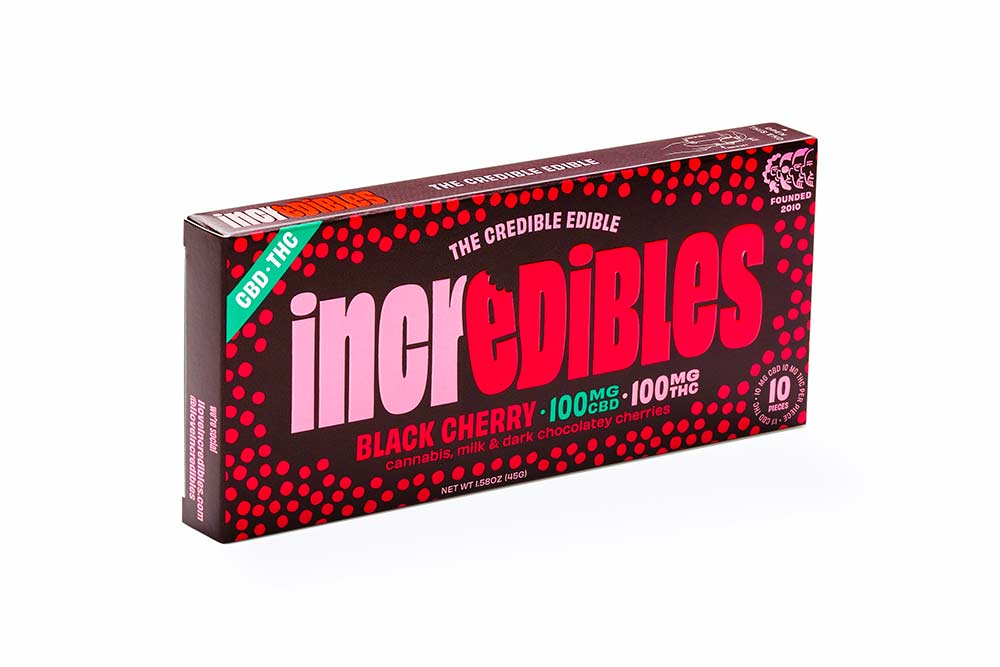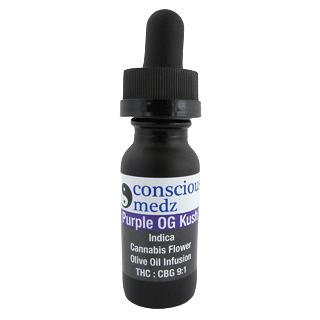Medically reviewed by Katherine Golden, RN
Written by Denise Rustning
Cannabis can be a powerful tool for a good night’s sleep, whether you’re dealing with stress or simply age-related insomnia, a topic we discussed in a recent blog post.
However, when it comes time to find the best cannabis products for sleep, your choices may feel overwhelming. Today, we’ll take a look at cannabis products legally sold in medical and adult-use (recreational) dispensaries, breaking down the options. If you’ve ever been confused when it comes to strains (chemovars), ratios, or the pros and cons of edibles versus inhaled products, then today’s blog post is for you.
A Quick Refresher on THC, CBD and Terpenes
We previously talked about the role that the cannabinoids THC and CBD play in our post on using cannabis for pain.
- CBD: This cannabinoid is the star player in hemp products which are federally legal. CBD hemp products are required to have below 0.3% THC, which is such a small amount that it’s not intoxicating and won’t get you high. You’ll also find CBD in cannabis products that contain higher levels of THC.
- THC: The cannabinoid responsible for the “high,” if used in large enough amounts. Cannabis products containing over 0.3% THC remain illegal at the federal level and can only be legally purchased in states that have legalized adult-use (recreational) or medical marijuana.
Of course, CBD and THC aren’t the full story. Terpenes are increasingly understood to play a major role in cannabis’s therapeutic benefits. Plant terpenes are aromatic compounds found in many different plants—for example, the relaxing linalool terpene is found in lavender as well as cannabis.
Terpenes and other plant compounds work together with cannabinoids to create an entourage effect that provides therapeutic benefits beyond any one single compound. Terpenes can also help buffer THC’s intoxicating impact, based on research conducted by Dr. Ethan Russo.
If you’ve ever wondered how some cannabis strains can promote relaxation and sleep while other strains are known for boosting energy and creativity, the answer is largely due to different terpene profiles. We’ll dig into this topic more below.
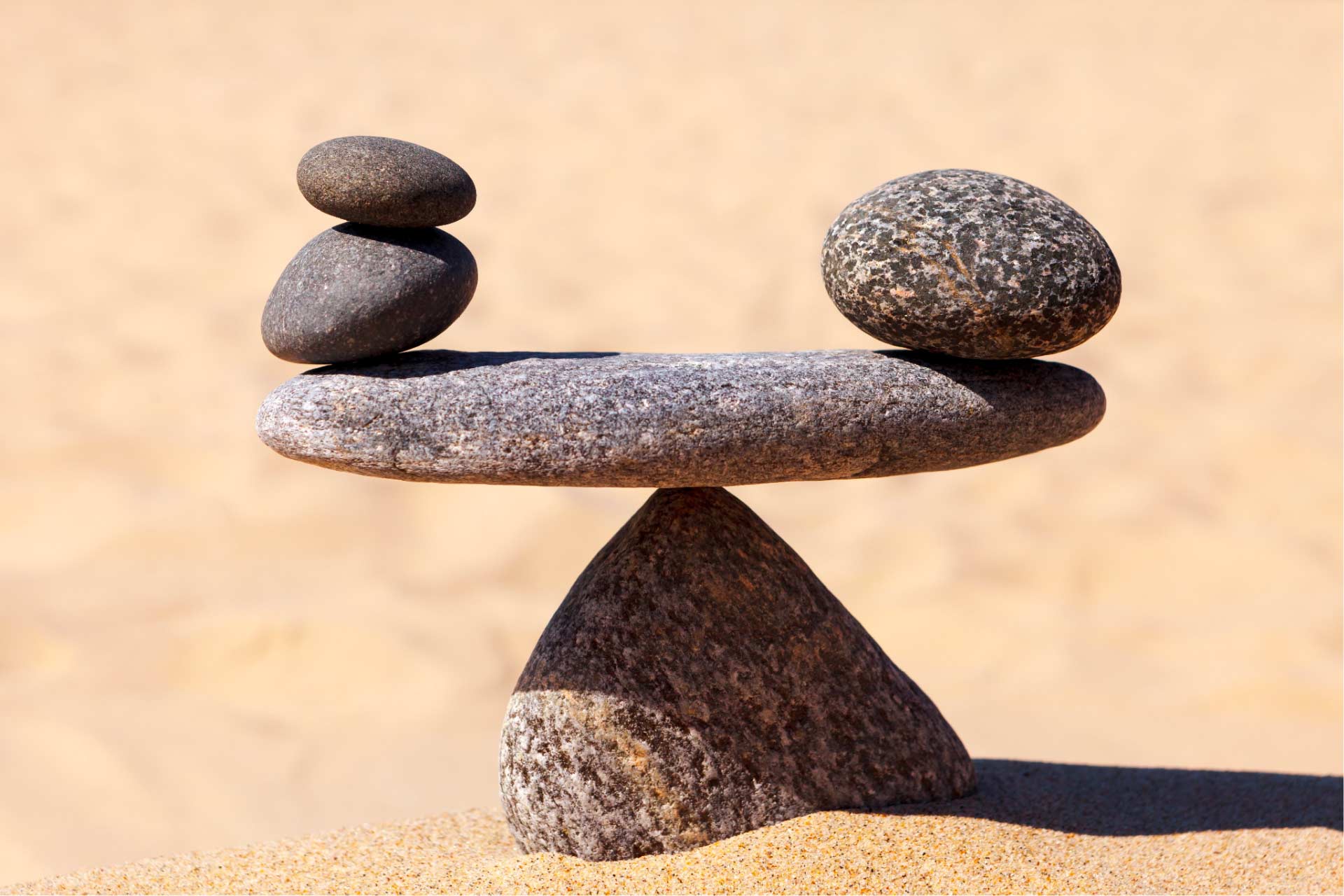
Finding the Best CBD:THC Ratio for Sleep
You may hear budtenders, your friends and especially the Leaf411 nurses talk about the importance of understanding the “ratio” in products. They’re referring to cannabis products manufactured with specific ratios of CBD to THC. For example, a 1:1 ratio product will contain equal parts of CBD and THC, while a 5:1 ratio product will contain five times as much CBD as THC. Understanding different ratios can be a huge help when finding the best sleep product.
Many of our supporting members manufacture different ratio products in addition to THC products. We encourage you to check out each manufacturer’s website to see the range of ratios they offer. Here are some examples showing how different options can help you dial in your cannabis dose for sleep:
Many people find success with a ratio product that’s THC dominant. While these can be more challenging to find, several of our supporting members, including Conscious Medz, have developed products to address this need.
Our Recommendation for the Best CBD:THC Ratio for Sleep
What’s the best ratio to start with? This depends on two factors: (1) The cause of your insomnia (pain, inflammation, stress, mind chatter, etc); and (2) How sensitive your body is to THC.
Typically, we suggest starting with the current gold standard which is a 1:1 ratio, equal parts of CBD to THC, following our mantra of starting with a very low dose and slowing building up. However, depending on your specific health concerns, you might do better with a different ratio. For example, if you have anxiety at night, a 2:1 ratio of 2 parts CBD to 1 part THC may be a safer choice since too much THC for your body can actually worsen anxiety.
Remember that you can always call our free nurse hotline at 844-LEAF411 (844-532-3411) or chat us from the Leaf411.org homepage for personalized guidance that will help you save time and money.
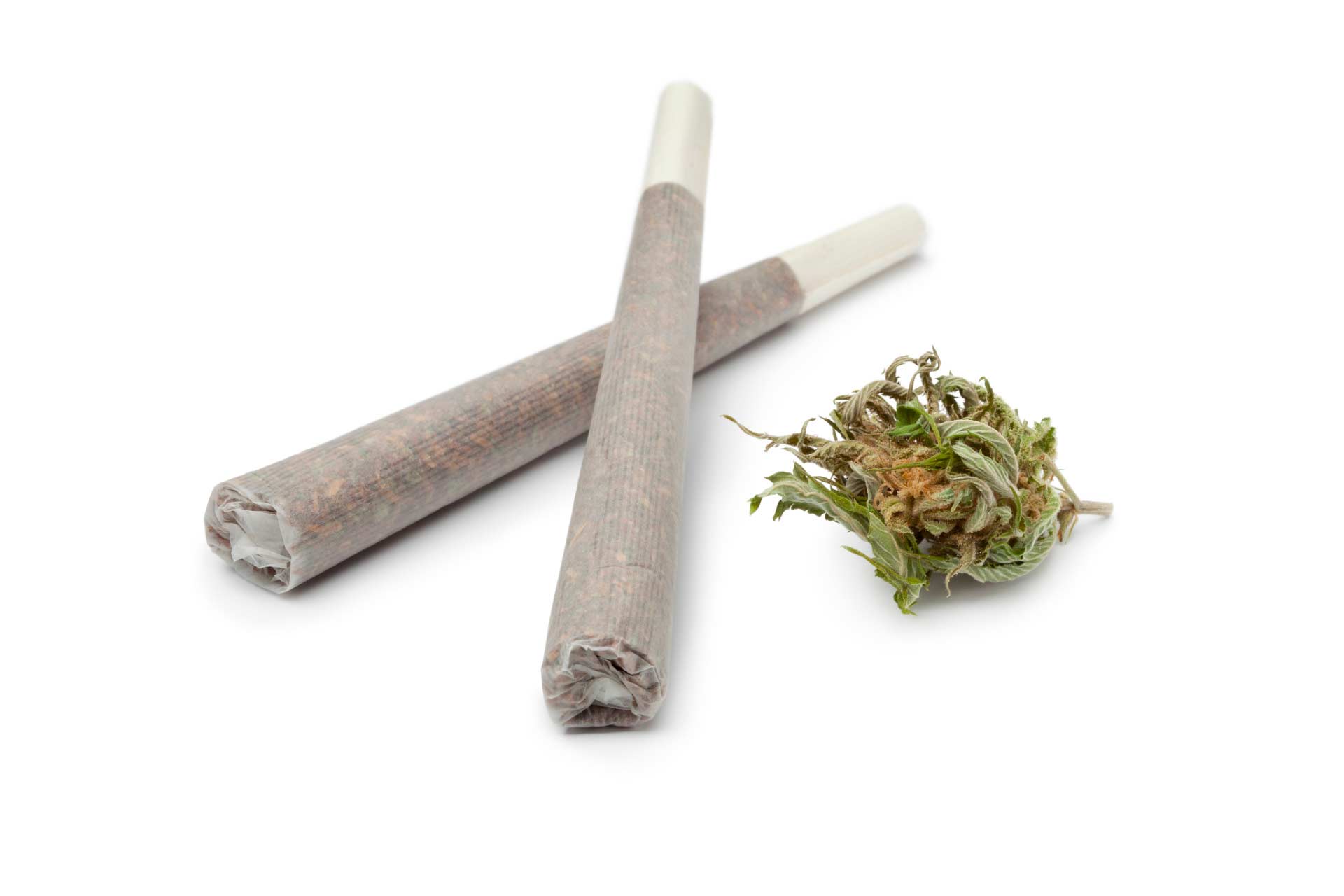
What You Need to Know About Inhalable Cannabis for Sleep
You may be wondering how ratios work when it comes to cannabis flower (bud). Most cannabis sold in dispensaries is THC dominant, with very little CBD. That doesn’t mean that CBD-dominant strains don’t exist, though! They can be challenging to find and don’t necessarily provide the best sleep solution for everyone, however.
Remember, a small amount of CBD alone can actually make your mind more alert. If you’re trying a CBD-dominant flower, you’ll want to experiment with your inhaled dose earlier in the evening versus when your head is about to hit the pillow to ensure you are feeling the sedation you desire. You can always adjust by adding a bit of THC if not.
As you recall, THC and CBD are only part of the story. In the next section, we’ll dive into different cannabis strains and talk about how they impact sleep quality.
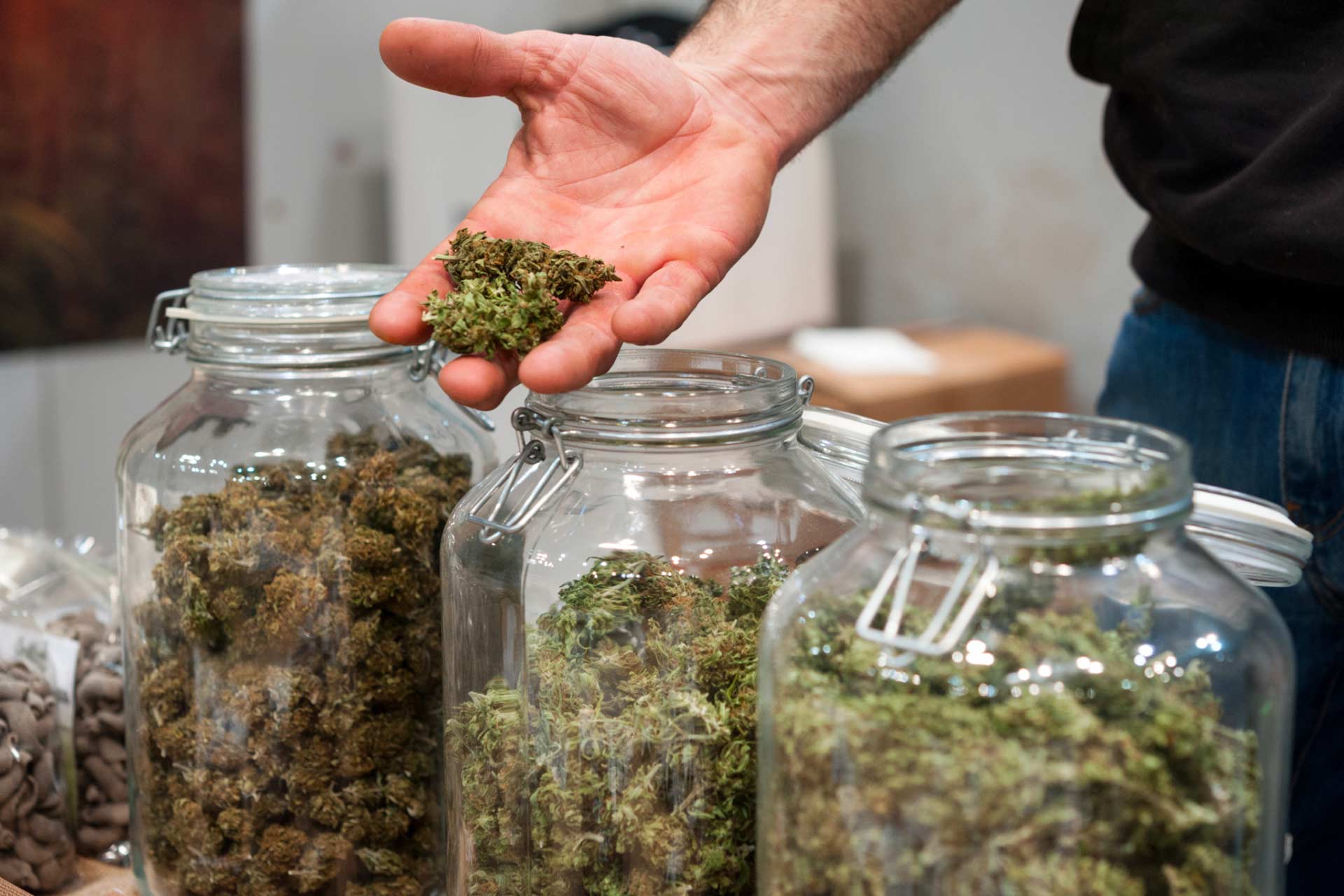
Cannabis Strains and Sleep: Untangling the Puzzle
What’s a cannabis strain (chemovar)? That question can be tricky, but it’s important to understand when shopping for cannabis. (Note: We use the terms “strain” and “chemovar” interchangeably, though chemovar is a scientifically more accurate representation of the compounds in the plant.)
Broadly speaking, cannabis strains are often sorted into one of three categories at the dispensary:
- Sativa: Provides an uplifting, energetic, creative high
- Indica: Provides calm and varying degrees of sedation
- Hybrid: Balanced effects
If you look at actual plant genetics, most of today’s legal cannabis is hybrid, combining the strongest genes from different plants to produce healthy flower. So why are these terms still used?
They continue to be used as a shorthand to describe the plant’s effects. In fact, those effects are mostly the result of other plant compounds—namely terpenes along with minor cannabinoids which give each strain its signature effect.
For example, our Supporting Member Seed & Smith offers two different flower strains, Midnite and White 99, with very similar THC potency levels. Based on that alone, you might expect both to have similar effects, but that’s not the case at all, in large part due to the different terpene profiles!

Midnite flower
Dominant Terpene: beta-Myrcene (sedating effect)
Subordinate Terpenes:
beta-Caryophyllene (stress relief)
Linalool (calming)
d-Limonene (stress relief but energizing)
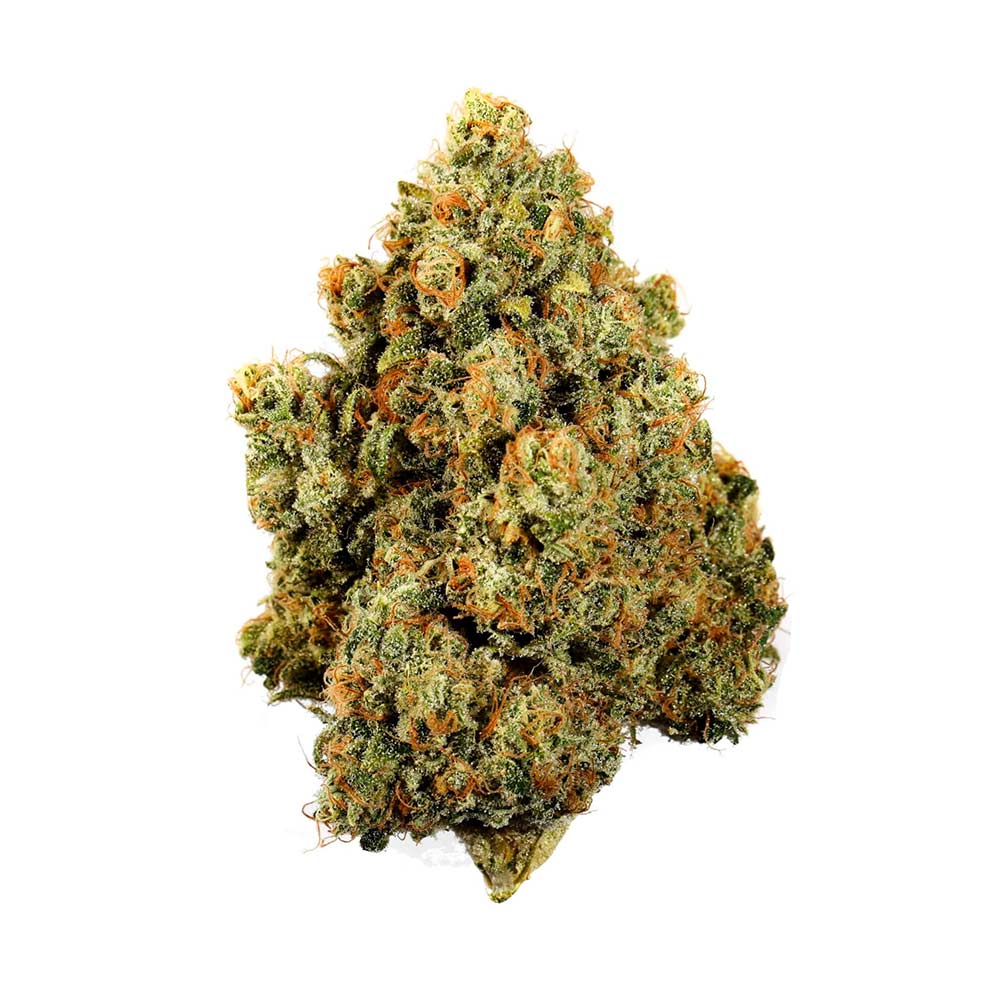
White 99 flower:
Dominant Terpene: d-Limonene (stress relief but energizing)
Subordinate Terpenes:
beta-Caryophyllene (stress relief)
beta-Myrcene (sedating)
Linalool (calming)
Which one of these strains—Midnite or White 99—would you choose for the best chance of a restful sleep?
Our Leaf411 nurses would suggest trying the Midnite flower due to the dominant terpene causing sedation. That potency range is quite high though, so a word of caution would also be given by our nurses to start with one inhalation first and assess if that is enough for your intention.
Cannabis Strains and Edibles
Some infused product manufacturers also create products that utilize plant compounds from specific strains, or which reference either Sativa or Indica type effects. You’ll see those listed on several of the products above.
Strains are also impacted by cultivation factors, including whether the plants are grown outdoors or indoors along with individual cultivation processes including lighting, fertilizers, etc. That’s why your friend in another legal state might rave about the Black Ice strain for sleep, yet the flower you bought in your own state doesn’t compare.
All this is to say that while you may think strains are the entire story, it’s often not the case. However, strains can provide clues for what to expect.
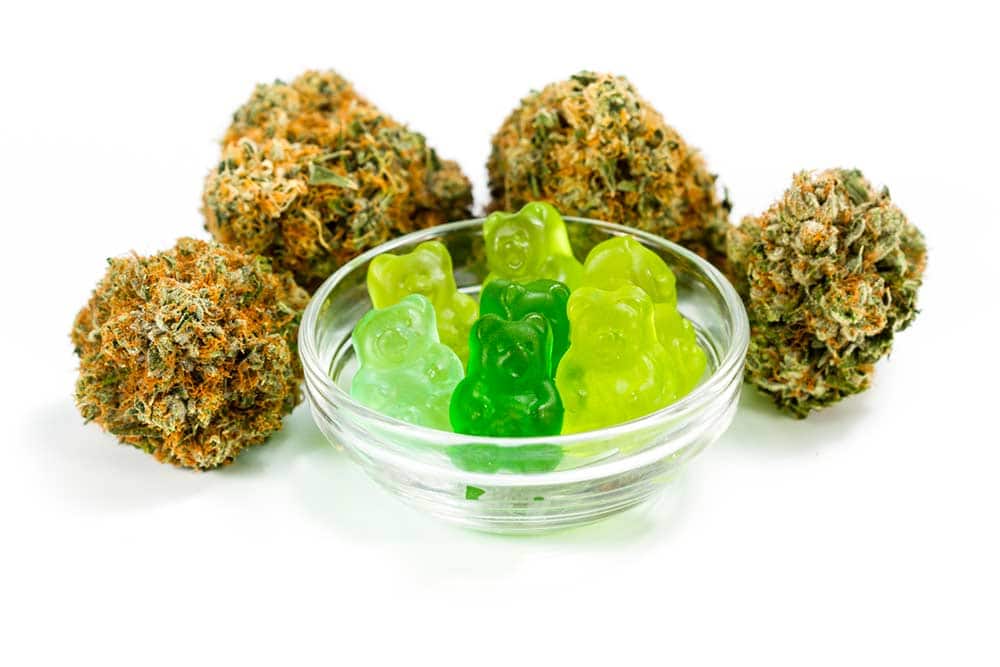
Smokable Versus Edible Cannabis for Sleep
An additional consideration when shopping for cannabis for sleep is the route of administration—how you want to use cannabis.
To some extent, it’s a matter of personal preference and also the type of insomnia you’re trying to treat, whether that involves having trouble falling asleep, staying asleep or both.
Smoking cannabis can be a responsible, safe method of administration in legal states; however, deep stigma remains around inhaling cannabis. Likewise, some people have concerns about the safety of vapes following the spike in vape-associated lung injuries last year, though the CDC traced most of those cases back to counterfeit or illicit vape cartridges containing Vitamin E acetate or other contaminants. In the face of the current pandemic, many people have also decided to stop smoking any substance, including cannabis, opting for edibles instead. And lastly, you may simply live in an apt, condo or shared housing where smoking is prohibited.
When you smoke or vape cannabis, the effects can be felt very rapidly, often within minutes. The intoxicating effects from smoking or vaping typically last between 2-4 hours.
From a sleep perspective, smoking or vaping may be beneficial for people who have a difficult time falling asleep. Inhalation may not fully meet your needs if you also have trouble staying asleep, though, since the effects will typically subside within the 4-hour mark.
Edibles including candies, tinctures and capsules typically have a longer onset—the amount of time it takes before you feel their effects. You can expect ingestion to take anywhere from 30 minutes to a couple of hours before you feel the effects, though those effects will last a lot longer—typically from 6-8 hours.
Edibles can be a good option if you have a tough time staying asleep throughout the night. However, you’ll want to make sure your schedule allows a full 8 hours of time for sleep.
A New Option on the Market: Quick-Acting Cannabis Edibles
Many manufacturers, including Quiq and Wana, are manufacturing new quick-acting edibles that take effect much more quickly, similar to inhaled products when it comes to timing. These new fast-acting products are a wonderful alternative to help with falling asleep. Remember, though, that what hits your body faster will also subside faster. Fast-acting ingestible products may take some trial and error before determining whether they’re better for early evening relaxation or insomnia.

The Leaf411 Mantra: Start Low and Go Slow (and Plan for a Full Night’s Sleep!)
If you’re using edible cannabis products, you’ll want to use the products 1-2 hours before bedtime instead of waiting until the moment you are climbing into bed. Timing your dose will allow you to relax before bedtime. Of course, it should go without saying, but don’t plan to drive while using any type of cannabis, because you never know how quickly the product will take effect.
Because everyone’s system is different, the minimum dose required for positive effects is also different—that’s why we always say to start low and go slow when trying a new cannabis product. How low? We suggest starting with 1/4 the suggested serving size on the package, or 1-2 mg of THC, whichever is lower.
If you’re smoking or vaping, this equals one inhalation at a time and waiting at least 15 minutes in between doses to assess your tolerance.
You may not feel anything at the lowest dose, but by starting low and going up slowly each night, you can build up your dose safely until you find the right amount that works for your body. When increasing by a milligram or less each night, you may still end up with a dose that makes you feel a bit too groggy in the morning or uncomfortable before falling asleep. If this happens, just go back to the dose that was comfortable and reassess after a few days. When using ingestible products (edibles and tinctures), it can take up to 2 hours for you to feel an effect, so allow plenty of time before increasing your dose.
Our Leaf411 nurses always guide our callers to safe use by cautioning about potential side effects from THC, which is dry mouth and an unsteady gait. We suggest keeping a glass of water at your bedside so there is no need to walk to the kitchen and risk falling when you feel the cannabis take effect. These precautions are very similar to those you’d take with any other sleep medications.
Get Your Cannabis Sleep Questions Answered During Our First Leaf Learning Series!
This Thursday, August 20, Leaf411 is launching our inaugural Leaf Learning Series: Get the 411 on Cannabis Therapeutics. Join us online from 4-7 p.m. MDT for a FREE beginner-friendly cannabis 101 presentation, followed by live Q & A with our own Co-Founder and CEO/ED Katherine Golden, RN, as well as Leaf411 Advisory Board member Dr. Dave Gordon from 4Pillars Health & Wellness. Sign up today at this link: https://hopin.to/events/leaf-learning
Many of our supporting members will be on-hand sharing information about their products and ready to answer your questions, including live Q&As with Medically Correct’s President Bob Eschino (maker of Quiq and incredibles); Stillwater Brands Ripple; and CAASI CBD’s Founder and CEO Lori Peck. Seed & Smith will host a virtual grow tour and Lightshade will also be providing a dispensary tour! You’ll also have the chance to meet one of Nature’s Gift Shop’s budtenders. We’ll also have a virtual expo hall with Wana, Ripple, Lightshade, Care by Design and Altus sharing information on their high-quality cannabis products.
Hop over to this link to reserve your spot: https://hopin.to/events/leaf-learning
Also, be sure to sign up for our newsletter below, so that you can be the first to learn about upcoming events!

